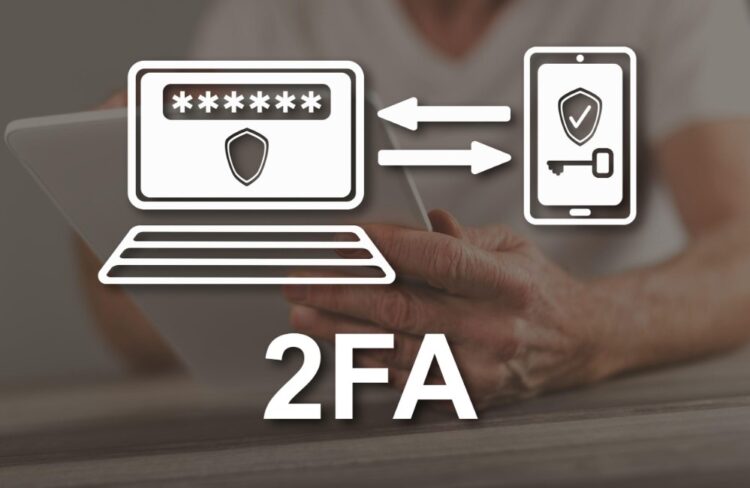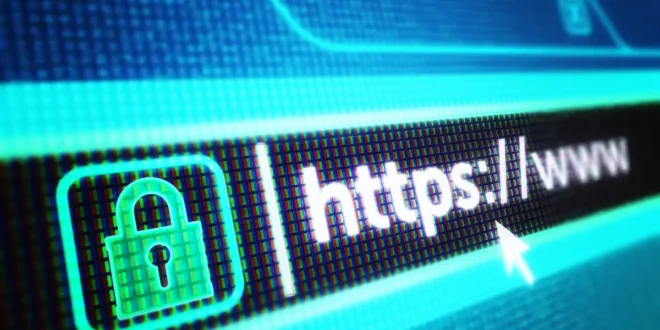In today’s hyper-connected world, the Internet is as much a part of our daily lives as our morning coffee. But just like we’re cautious about how that coffee is made, we need to be wary of our online engagements.
The digital realm, while brimming with opportunities, is also rife with dangers, ranging from cyber threats and identity theft to elaborate online scams. This guide is aimed at providing you, dear reader, with 12 essential, actionable steps to fortify your Internet defenses and make every click a confident one.
1. Keep Software Updated
A well-protected online experience begins with your devices. Your computer, smartphone, and even smart appliances are the gateway to the online world. Keeping your operating systems, browsers, and applications updated is crucial.
Each update often contains security patches that correct and reinforce vulnerabilities identified by software creators, ensuring hackers can’t exploit them. Think of it like getting a flu shot; the more up-to-date your shot, the better protected you are against evolving strains.
2. Strong and Unique Passwords
Passwords are akin to the keys we use daily. Pose this question to yourself: Would you ever contemplate using a singular key for your house, car, and bank locker? Most would answer with a resounding no. Similarly, the digital realm requires unique, fortified passwords for every online account, acting as a bulwark against hackers seeking a ‘master key’ to your digital identity.
Crafting these passwords demands complexity, incorporating a mix of uppercase, lowercase, numbers, and symbols. Such intricacy ensures that these codes become a veritable challenge for anyone trying to guess or break through them, thereby safeguarding your online presence.
3. Two-Factor Authentication (2FA)

Consider 2FA as the next step in security, akin to fortifying your residence with a secondary lock. If a nefarious actor somehow acquires your key (password), they are still barred from entry without this second authentication step.
This usually manifests as a time-sensitive code dispatched to your phone or email. A plethora of online platforms, spanning emails to banking portals, now advocate for 2FA.
Navigating to the security settings, users can effortlessly activate it, typically requiring a simple adherence to on-screen guidelines and a subsequent verification using a code or a dedicated authentication application.
4. Beware of Phishing Attacks
In the vast digital ocean, scammers have become adept anglers, meticulously crafting deceptive emails or websites to mirror legitimate ones. Their primary objective? To ensnare you into willingly divulging sensitive information.
It’s imperative to develop an eagle eye, especially when it concerns URLs. Anomalies or slight deviations can be tell-tale signs of deceit. Emails that reek of suspicion, perhaps due to unsolicited offers or sudden unexpected financial windfalls, should be treated with skepticism. In the digital realm, a cautious approach is often the best defense.
5. Use Secure Wi-Fi Connections
While sipping a latte at a cafe or awaiting a flight, public Wi-Fi may seem like a boon. However, these networks are akin to open fields for hackers, waiting to pounce. If you’re tempted to connect, exercise restraint by avoiding personal account access or transactions through your browser connection.
A more prudent solution? Employ a Virtual Private Network (VPN). A VPN acts as a guardian, crafting a clandestine passage for your data, ensuring it remains cloaked from predatory eyes, guaranteeing a more secure browsing experience.
6. Practice Safe Online Shopping
The digital shopping revolution has infused daily life with unparalleled ease. However, this convenience should never become an open door for hackers. When shopping, always seek out the ‘HTTPS’ prefix in the website URL, a beacon indicating a fortified site.
Prioritize credit cards over their debit counterparts and resist the urge to allow websites to memorize your card specifics. Remember, in the world of digital transactions, discretion is key. If there’s no pressing need, refrain from oversharing.
7. Privacy Settings on Social Media

Social media platforms can sometimes mirror open books, revealing more than intended. Each shared snippet can potentially be a goldmine for ill-intentioned individuals. Hence, it’s paramount to periodically revisit and tweak your privacy configurations.
Endeavor to ensure that intimate details, snapshots, and shared content are only discernible to a circle of trust. An essential mantra to adopt: Once uploaded on the Internet, it becomes an indelible footprint.
8. Regularly Back Up Data
The aftermath of a cyber onslaught can be daunting, often culminating in irretrievable data loss. Routinely archiving pivotal data acts as a safety net, ensuring cherished files remain within arm’s reach.
Whether you lean towards reputable cloud storage solutions or opt for tangible external drives, safeguarding your digital troves is crucial. Should a hacker ever attempt to ransom your data, these backups effectively neuter their leverage.
9. Be Cautious with Downloads
In the intricate digital ecosystem, a solitary malevolent file can wreak unprecedented havoc. Exercise discernment, confining your downloads to established, trustworthy sources. Prior to initiating any file or software launch, employ a robust antivirus suite for a preliminary scan, ensuring the absence of lurking threats and fortifying your system’s defenses.
10. Educate Children about Online Safety
The digital realm, while alluring, can be a labyrinth of hazards, especially for inquisitive young minds. Instituting foundational guidelines, steering them towards child-optimized search engines, and fostering open dialogues about online etiquette and safety become paramount. Their nascent journey in the vast online expanse should be underpinned by awareness and vigilance.
11. Secure Your Devices

Beyond the confines of robust passwords, device security warrants a multifaceted approach. Activate features like remote data erasure, which spring into action if a device goes AWOL. Encryption, too, plays a pivotal role, cloaking data in layers of code, rendering it incomprehensible sans a unique decryption key. With these features, even if your device falls into the wrong hands, your data remains impenetrable.
12. Stay Informed and Educated
In the ceaselessly evolving realm of cybersecurity, complacency can be a grave misstep. The antidote? Continual education. Foster a habit of tracking reputable cybersecurity outlets, enrolling in enlightening webinars, and maintaining an unwavering vigilance towards emergent threats. Equipping yourself with knowledge transforms you into a human firewall, as potent as any top-tier software.
Conclusion
Your journey through the Internet should be one of wonder, not worry. These 12 crucial tips lay the foundation for a fortified digital life. Embrace them, make them habits, and venture into the online world with confidence and security. Remember, the power to ensure a safe web experience rests in your hands. Safe surfing!
 Hi Boox Popular Magazine 2024
Hi Boox Popular Magazine 2024



